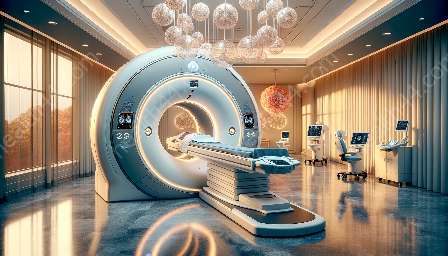Spirometers play a crucial role in diagnosing and managing respiratory conditions. This article explores the significance of spirometers, their compatibility with medical imaging devices, and their integration with other medical equipment.
Understanding Spirometers
A spirometer is a medical device used to measure the volume of air inspired and expired by the lungs. It is a vital tool in diagnosing and monitoring respiratory diseases such as asthma, chronic obstructive pulmonary disease (COPD), and other pulmonary conditions.
Compatibility with Medical Imaging Devices
Spirometers are compatible with various medical imaging devices, including X-ray machines and CT scanners. They provide valuable insights into lung function and help in evaluating the structure and functioning of the respiratory system when used alongside medical imaging technologies.
Integration with Other Medical Devices & Equipment
As part of a comprehensive approach to respiratory care, spirometers can be integrated with other medical devices and equipment such as oxygen therapy devices, nebulizers, and pulmonary function testing systems. This integration enhances the diagnosis and management of respiratory conditions, allowing healthcare professionals to develop personalized treatment plans for patients.
Diagnostic Significance of Spirometers
Spirometry, the process of using a spirometer to assess lung function, is a key diagnostic tool for respiratory conditions. By measuring parameters such as forced vital capacity (FVC) and forced expiratory volume in one second (FEV1), spirometers help in identifying obstructive and restrictive lung diseases, as well as monitoring disease progression.
Role in Respiratory Health Management
Spirometers are essential for managing patients with respiratory conditions. They enable healthcare providers to assess the effectiveness of treatments, track lung function over time, and make informed decisions regarding medication adjustments and interventions.
Advancements in Spirometry Technology
Recent advancements in spirometry technology have led to the development of portable spirometers, wireless connectivity, and cloud-based data management systems. These innovations enhance the accessibility and efficiency of spirometry testing, enabling remote monitoring and collaborative care for patients with respiratory diseases.


